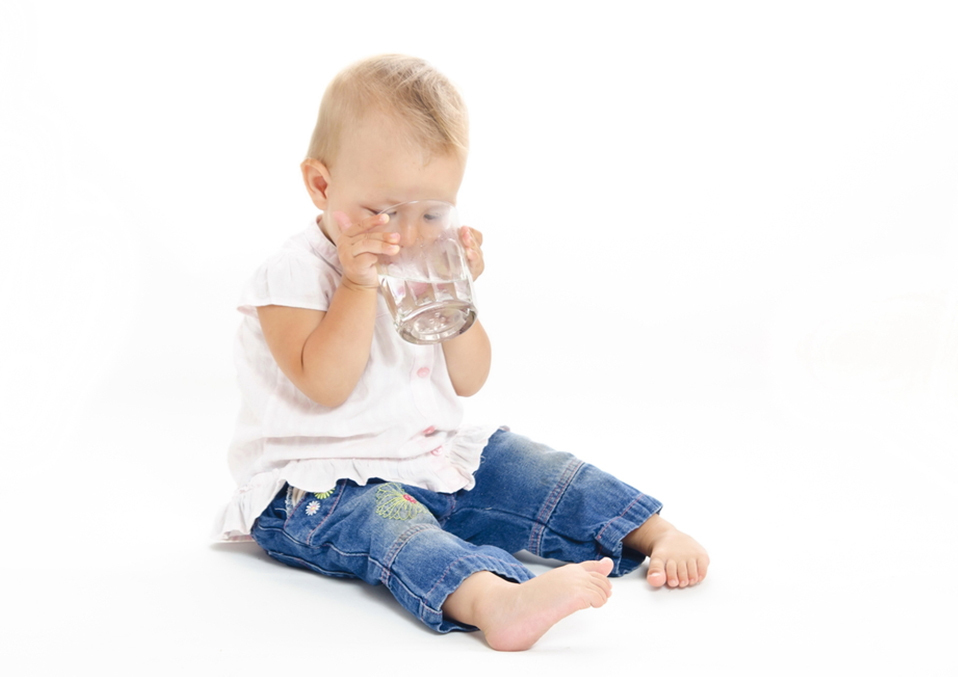At the point when my youngster was an infant, I attempted to do everything right. I knew that the transition from bottle to sippy cup would affect my health, so I wanted to wear the child properly.
They did not agree with my plan. No matter how badly”creative” I became in education, I wanted it to have nothing to do with mugs at all.
In this way, I did what each mother did. I was in a panic. So I learned myself. Soon after, my children were Professional Cutters and gave up the bottle without a fight.
So, do you think you can put the baby in the Goblet? Some babies drink Sippy easily, while others cling to the bottle even after the 3rd birthday.
Looking for a way to go from bottle to cup? A simple way to go to a sippy cup and learn the perfect time to start.
When To Introducing a Sippy Cup.
 It is prescribed to keep some water (with a removable spout so it is anything but difficult to drink) when you put strong food. At this age, the child does not drink anything, yet gets comfortable to the Sippy and starts to effectively connect the Sippy with supper time.
It is prescribed to keep some water (with a removable spout so it is anything but difficult to drink) when you put strong food. At this age, the child does not drink anything, yet gets comfortable to the Sippy and starts to effectively connect the Sippy with supper time.
The introduction of the initial sipper Cup will not force, making the transition easier. After the age of 1 year, the baby will be able to develop a habit. After the age of 2, they begin to give a strong opinion.For this reason, it is recommended to drop the bottle completely before the first birthday of the child (source).
If you wait longer, there are cases when the child creates an attachment that is difficult to put on the bottle. If you pull the bottle around 1 year old, it will probably make the transition much easier.
However, if you are the parent of an older baby and have not yet started with the sippy, do not worry. There are some tips and tricks.
Easy Ways To Transition From Bottle To Sippy Cup.
 In general, the time of introducing the Cup is about 6 months, not less than 1 year. Yeah, so wide. I introduced a cup when I wanted to give water to children. Then, when we were weaned up to 12 months after breastfeeding, we used a cup to transfer it to whole milk.
In general, the time of introducing the Cup is about 6 months, not less than 1 year. Yeah, so wide. I introduced a cup when I wanted to give water to children. Then, when we were weaned up to 12 months after breastfeeding, we used a cup to transfer it to whole milk.
When the baby’s Cup is ready, follow these rules and be a successful
Transition.
1. Show The Child How It Works:
Another 1 way to introduce the Cup is to show how the cup works. Fill the cup from the spout and drink, or pretend to imitate how you hold the handle. Explain how the cup works and how it is like a bottle.
2. Remove The Spillage Valve:
These goblets say business when they say that they do not spill. Sometimes children who do not know her can find her perplexity. As soon as you inhale the bottle, you will get a result, but it seems that the Goblet does not do the same.
When inserting the cup, remove the spill valve located under the spout. This will enable the fluid to trickle. In the event that this makes you apprehensive, move away from the spigot, however, don’t connect it to the spout of the gap.
Then, when the valve is open or loose, part of the liquid is poured into the child’s lips. As such, he knows that the liquid comes out of the beak. Hold out the cup and hold your hands so that you do not splash your face.
3.Provide Water For Each Meal:
 When the baby eats solid food, we provide a cup for each meal. This manufactures a decent propensity for drinking water and furthermore demonstrates that sugar cups are for suppers. Even if he plays with it, at least he will learn how to be content with the goblet and the purpose for which they serve.
When the baby eats solid food, we provide a cup for each meal. This manufactures a decent propensity for drinking water and furthermore demonstrates that sugar cups are for suppers. Even if he plays with it, at least he will learn how to be content with the goblet and the purpose for which they serve.
By the way, goblets are served only with meals and snacks. Or when you drink water (for example, when you are thirsty and tired). It is not a good habit to walk with a cup for drinking. Just as your child does not want to always have a bottle in his hand, he does not want to do the same with goblets.
Read Also:
4.Replace The Bottle With a Cup:
On the off chance that you need to give the youngster to quit utilizing the jug, change the eating routine to a cup and wean it. Start with a midday meal for a few days, then eliminate another meal. Use all the cups for lunch, switch to the morning meal, and finally to the meal before going to bed.
5.Cups For Babies Who Refuse The Bottle: Try Another Cup:
Foam cups are different, the spout has a handle, and yes, its weight. Most parents start with a short goblet with a handle and a soft beak. Others are more fortunate in tumblers with straws. Try different goblets as you did with the bottle.
If 1 cup does not work after a few days, try another cup. Even the same style of different brands can make all the difference.
Here are a few ideas to find the best transition sippy cup:
6. Try Different Liquids:
The beverage is served to you. This is on the grounds that you’re utilized to what your children are doing. Or then again in the event that you need to support the utilization of a cup for water and present it first. Perhaps you need to allure him with juice (although I don’t prescribe squeeze over the long haul). In the event that he keeps on opposing a similar cup, offer another beverage to check whether it works.
7.The Child:
It does not matter whether your child” gets it” or not. Try and praise and give a chance. The progress of the cup can be hard for small kids. It’s disappointing when he commits an error or won’t, and he deteriorates.
At that point when he gets it, acclaim him for all the work he did! He will be very proud of what he has finally mastered with the cup.
To make a jump does not need to be emphasized, it’s a matter of finding the most suitable for you and your little ones. This 3-step plan (called “the secret of the foam cup”) worked very well for me. Maybe these simple steps will make the baby drink a fizzy Cup right away!
You may have heard terrifying tales about a child weaned from a container, yet in all actuality, you can do it with the negligible show on the off chance that you measure it right. In addition to that, there are health risks due to too much nutrition from the bottle. This is enough to motivate mom to switch to the sippy.
What is your best advice for pulling a child away from the cup? Let us know in the comments!
Do not forget to share the most important information you have read here with mothers who need to know and everyone who has a relation.
Read Also:
- How Much Should A 2 Week Old Baby Eat.
- How To Calm Babies Cry In Their Sleep.
- When Should A Child Drink From An Open Cup.


